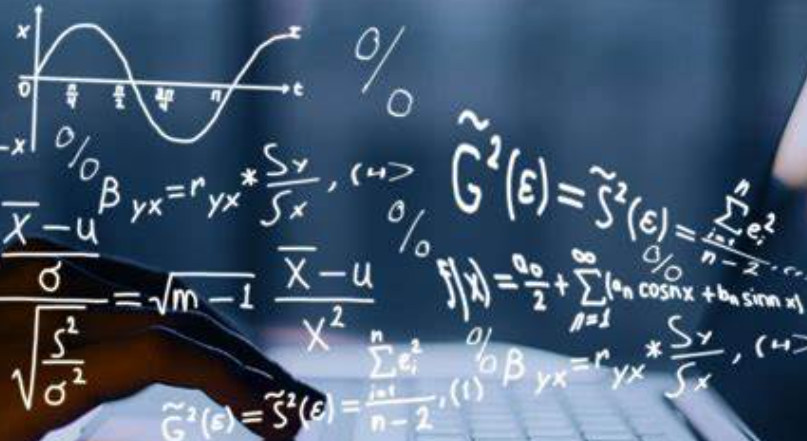Articles
Rui GAO, Jun LIAO, He Guo LIU, Xing Zhong XU
Let $U(n,\mathbb{Q})$ be the group of all $n \times n$ (upper) unitriangular matrices over rational numbers field $\mathbb{Q}$. Let $S$ be a subset of $U(n,\mathbb{Q})$. In this paper, we prove that $S$ is a subgroup of $U(n,\mathbb{Q})$ if and only if the $(i,j)$-th entry $S_{ij}$ satisfies some condition (see Theorem 3.5). Furthermore, we compute the upper central series and the lower central series for $S$, and obtain the condition that the upper central series and the lower central series of $S$ coincide.
